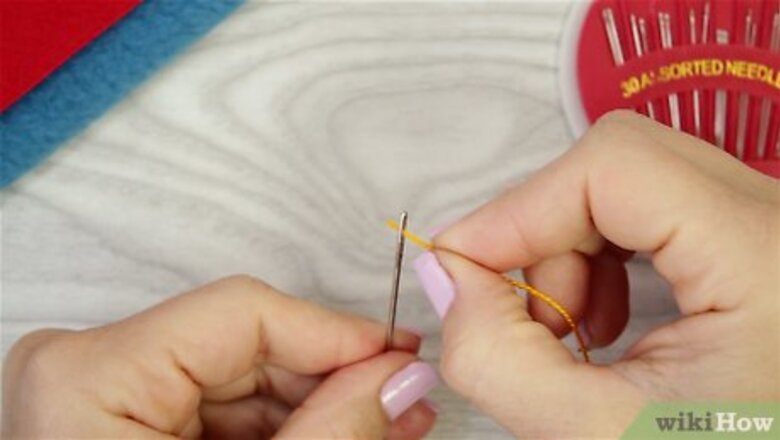
views
X
Research source
Using Thread (Sewing)
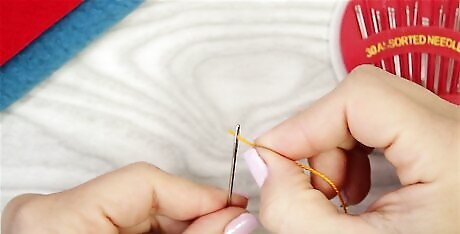
Thread the needle. Feed one end of the thread into your sewing needle and draw the thread halfway through. Tie both ends together into a knot. If you want to camouflage the whipstitch, use thread in a coordinating color. If you want the whipstitch to stand out, use thread of a contrasting color. Embroidery thread works well for this stitch, but any thick thread can be used. To tie the knot, try moistening your forefinger. Wrap the thread around your forefinger once. Then use your thumb to push the thread off your finger, twisting it in the process. Finally, pull the end of the thread to tighten the knot.
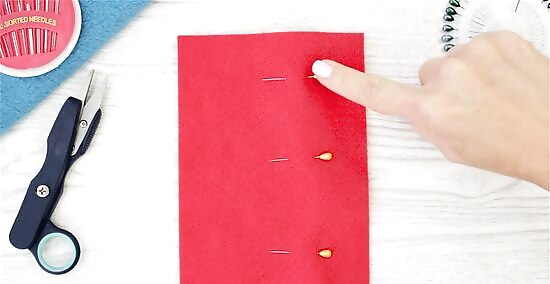
Arrange two pieces of fabric on top of each other. Make sure that the edges you intend to sew together are evenly aligned. The sides of the fabric which you intend to be the backend should face out so as to be visible during the process. The thread you use here will be more visible. Pin or baste the layers together to hold them in place.
Poke your needle up through the top layer of fabric. While looking at the two layers of fabric from the side, draw the needle up through the bottom of the top layer, leaving the bottom layer untouched. Start your stitch about ⁄8 in (0.32 cm) from the end. Also note that each stitch you make should be ⁄8 in (0.32 cm) away from your sewn edge, as well. By only piercing through the top layer, you will draw the knot between the two layers, thereby hiding it from sight.
Poke your needle up through both layers of fabric. Circle the needle around to the bottom layer of fabric and pierce through the fabric directly under your first hole. Draw it straight through both layers of fabric, making sure that it comes out in nearly the same position as your first half-stitch. This is your first full stitch since it connects both layers together. When you complete this step, the thread should be wrapped around the edges of both layers in an even stitch, forming a loop around the outside of the fabric. Make sure that the stitch is secure, but not so tight that it causes the fabric to bunch up.
Bring the needle up through both layers again at an angle. Bring the needle back to the bottom of the fabric and poke it up through both layers of fabric. Angle the needle so that it comes out roughly ⁄2 in (1.3 cm) away from the first stitch. This second stitch will essentially cover the first stitch. Pull the thread tight. When done, you should only be able to see what appears to be one stitch, but the thread should come out from fabric in a blank spot next to the stitch. Each stitch should be approximately ⁄2 in (1.3 cm) from one another and from the edge of the fabric, so that each stich is parallel.
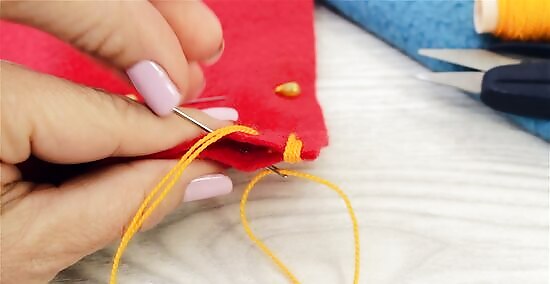
Make another angular stitch through both layers. Position the needle beneath the bottom side of the fabric. Poke it up into both layers of fabric, beginning just beneath the spot at which the thread is coming up. Angle the needle so that it comes out through the top another ⁄2 in (1.3 cm) away from the previous stitch. The stitch itself should not appear angular, however. It should run straight up and down over the edge, parallel to the first stitch.

Repeat the pattern as needed. Continue making stitches that mimic the previous one. Draw the needle up through both layers, starting at a point beneath the previous stitch and ending at a position ⁄2 in (1.3 cm) away. Do this until you reach the end of the edge. Note that the majority of your stitches will follow this pattern, but your last full stitch and half stitch will be different and will mimic the stitches you made at the beginning of the process.

Create your final full stitch. For your final full stitch, pierce the needle through the bottom layer and draw it straight up through both layers instead of stitching at an angle. This stitch should be made 1/8 inch (3.175 mm) away from the edge of the fabric, just as the first one was.

Make a half stitch in between layers. Poke the needle up through the bottom layer again, in the same spot as your previous stitch. Only bring the thread through the bottom layer, however, and not the top layer. In this step, you are mirroring the initial half stitch you created at the beginning of the process. This stitch will be hidden in between both layers of fabric.

Tie a finishing knot. Draw the needle through the back of the last stitch you made. Pull the layers apart slightly to reveal the backside of your stitches. Open up the pieces of fabric like two leaves of a book. Wrap the needle through your last stitch, creating a loose loop in the process. Thread the fabric back around, twisting it around the original loop. Then pull tight. This knot should also be hidden in between the two layers of fabric. After creating the knot, cut your thread to free it from the needle. Trim it short so that it cannot be visible from the front side.
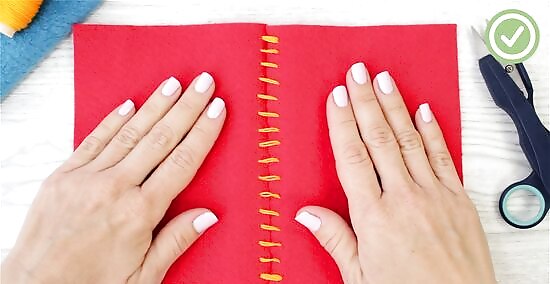
Flatten the stitches. Gently pull the two layers apart, causing the stitches to flatten evenly against the fabric. This step completes the process.
Using Yarn (Crocheting)

Find a new piece of yarn or leave a tail from the original crochet. Ideally, you should already have a tail of yarn, remaining from the crochet. If not, tie a new strand of yarn to the bottom stitch of one edge. The yarn you use for this stitch should be three to four times longer than your finished edge. Use the same color yarn as one or both pieces of crochet work you intend to join. Unlike the whipstitch used in sewing, the whipstitch used in crocheting is meant to be far less visible, so you will usually want to hide the stitch further by using one of the colors already in the pattern.

Thread your yarn needle. Insert the yarn through the eye of your yarn needle. Do not knot the ends of the yarn together. Pull at least 3 to 4 inches (3.75 to 10 cm) of yarn through the eye of the needle. You will need this long starting portion to ensure that the needle remains threaded throughout the process. You will also need to monitor this non-working length of the yarn as you make your whipstitch. If it starts to get short, tug a little more yarn through the eye of the needle to prevent it from falling out. Should the yarn fall out during the process, simply re-thread it.
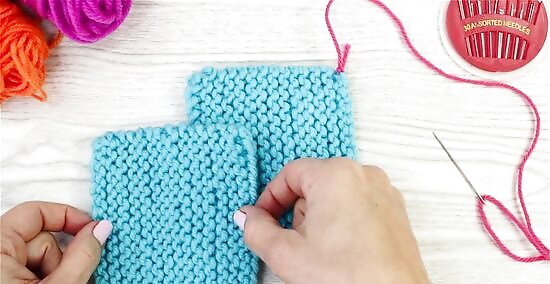
Line up your two pieces of crochet. Make sure that the two edges you want to stitch together are evenly aligned side by side. The back sides of both pieces should face out during this process.
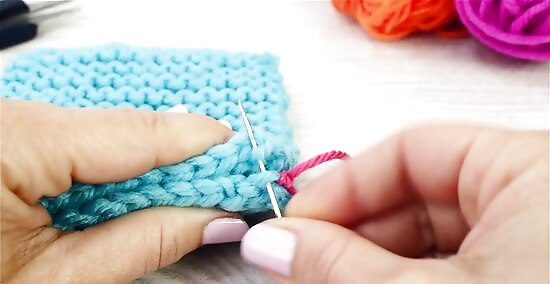
Insert the needle through a loop on each crochet piece. Draw the needle up through the front loop on the edge of one crochet through to back loop of the edge of the other piece of crochet, not yet threaded.
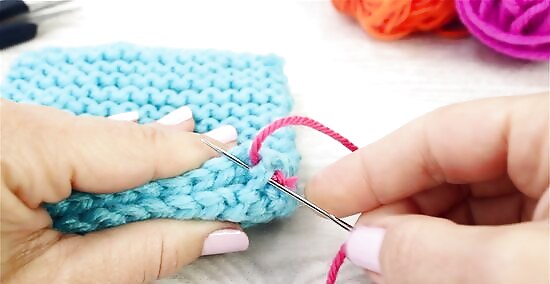
Circle back around through the same loops. Take the yarn back through the last two loops. Pull the yarn tight to create a knot to hold the pieces together tight. The yarn needs to be pulled tightly enough to draw the two pieces of crochet snugly together. Do not pull it too tight, however, since doing so can cause bunching or similar distortions to occur in your work.
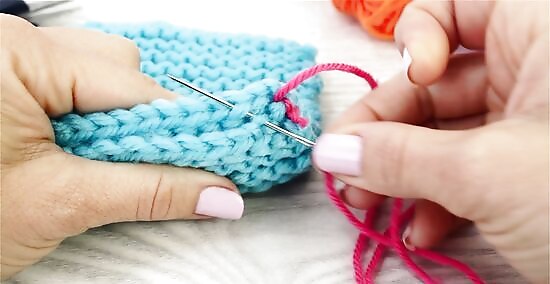
Move to the next loop. Draw the needle through the next loop on the top crochet. then poke the needle through the following loop of your opposite edge. The pattern should look like a spiral, moving up the edge of the crochet. Start with the piece of crochet your yarn is connected to and end the stitch through the opposing piece. You can pull the yarn through either one or two loops on each of the crochet pieces, depending upon what type of pattern you want.
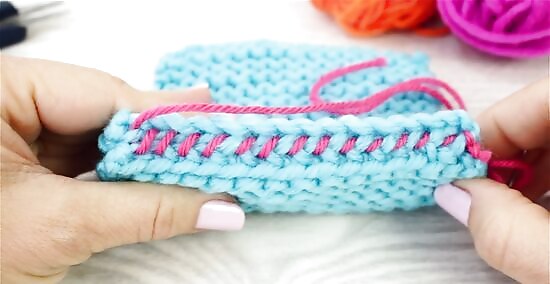
Repeat as needed. Insert the needle through the next set of loops on both edges, drawing the yarn taut through both sets. Continue this pattern, moving upward one set of loops at a time, until you reach the end of both edges. Make sure that each stitch passes through the front and back loops of both sides. Each stitch should be about as tight as your first one was. The edge should be secured well enough so that no space remains between both pieces, but do not allow the pieces to bunch up as you work.
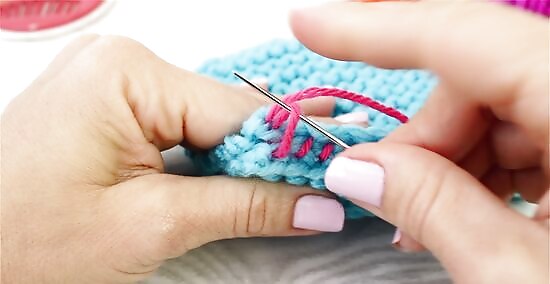
Make a knot. Wrap the yarn through the last loop of your opposing edge and then back through the same set of loops again. Pull this end and draw the loop closed, creating a knot. Weave the tail along the back side of your crochet work to hide it. If you have an excess longer than 1 inch (2.5 cm), you can trim some of it off.

Check your work. Flip the joined pieces over to the front side. The whipstitch should be nearly invisible front the front.













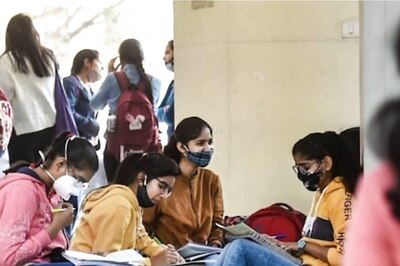
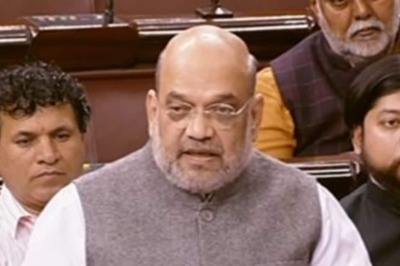




Comments
0 comment